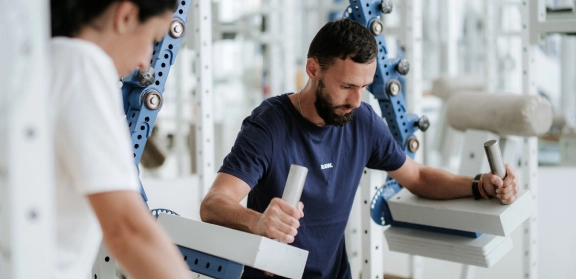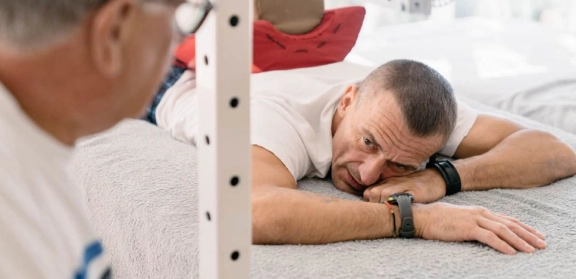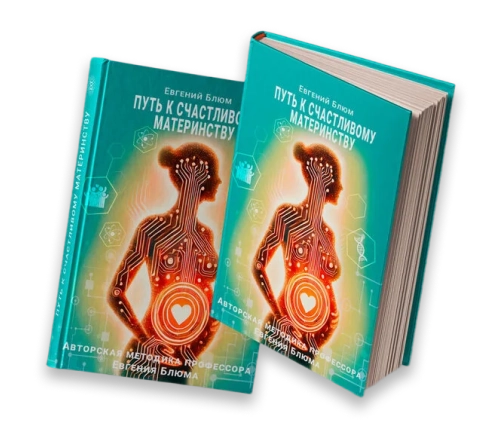Late Stroke Rehabilitation
Our medical strategy
Selective Precision Impact
In accordance with the laws of biomechanics, neurology, and rheology, this targeted approach optimises each of the vital systems, improving blood flow, enhancing metabolic processes, cellular renewal, and the elimination of non-viable tissues from the body. Eliminating energy deficits is a necessary condition for the gradual improvement of motor skills, such as walking, balance, coordination, and agility.
Effectiveness of Rehabilitation in the Late Period After Stroke
The main types of impairments that people seek help for include:
- Impairments in walking, motor skills, complex movements, and overall body weakness
- Muscle pain in various areas, spasticity, and cramps
- Limited daily living skills and difficulties with self-care
- Cognitive impairments, anxiety, depression, and apathy
A comprehensive, individualised rehabilitation program is developed taking into account the patient's medical history, the risk factors that led to the stroke, the patient's age, type of stroke, its duration, and the severity of its consequences.
General problem description
The late recovery period begins 6 months after a stroke and can last up to 2 years. During this time, the body’s rehabilitative potential significantly decreases, but it is crucial to continue recovery treatment. Properly organised rehabilitation can yield good results and expand functional capabilities.
The primary goals are to reduce stroke-related complications and prevent the risk of second and third strokes. Key issues during this period include paralysis, impaired motor coordination, pain, sleep disorders, depression, cognitive impairments, and dementia.
The pathological processes initiated by the stroke continue to progress, leading to a gradual deterioration of health. Therefore, rehabilitation during the late period must be conducted regularly.
-
Restoring Muscle-Joint Balance: Aiming to normalise muscle contraction function, improve movement coordination and balance, reduce spasticity and muscle pain, and enhance self-care abilities.
-
Improving circulation of blood, lymph, and cerebral fluid, normalising metabolic processes in the brain, and stabilising intracranial pressure.
-
Enhancing Cognitive Functions: Improving the integrative information processing function of the central nervous system, reducing cognitive deficits, improving sleep, and preventing dementia.
-
Optimising System Functions: Boosting the cardiovascular, respiratory, and digestive systems to increase the body's energy resources, maximising energy generation and distribution processes.
-
Improving Body Symmetry and Movement Patterns: Restoring correct motor patterns and eliminating unnecessary energy losses through improved body symmetry and alignment.
Objectives of the program
-
PreventionPrevention of risk factors for recurrent stroke.
-
Elimination of vascular insufficiencyElimination of vascular insufficiency and improvement of brain functions.
-
Recovery of motor functionsMaximising the recovery of motor functions.
Proprietary methodology
Professor Blum's Centre has specialised for many years in the effective recovery of stroke patients during the late rehabilitation period. The patented system of methods, techniques, and specialised equipment consistently delivers results, reducing the impact of stroke while simultaneously preventing recurrence. The patented rehabilitation equipment offers unprecedented adaptability and precision in targeting, with a defined range of intensity.
Controlled parameters such as angles, accelerations, and dozens of other factors lead to the intended response even from the weakest muscular and fascial formations. This activates neuroplastic and neuroprotective mechanisms, creating conditions for enhanced tissue regeneration, ensuring the improvement of functions even after the active recovery phase has concluded.
Constant monitoring of the range of motion and specific neuromuscular responses guarantees safety, ensures consistency and predictability of outcomes, and eliminates any risk of overload.
Patient stories
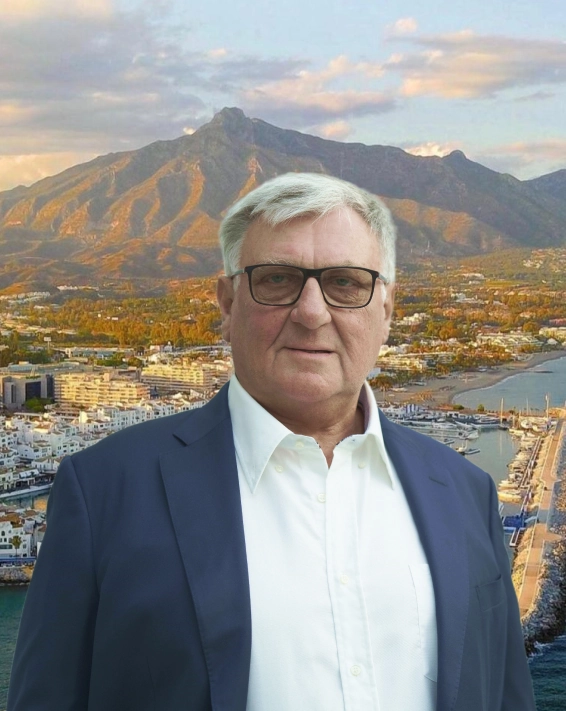
Professor Blum’s Exclusive Rehabilitation System

The center is located in a picturesque corner of the renowned resort town of Marbella, surrounded by cedar trees at the foot of La Concha mountain. Here, science and technology blend with nature, creating a space where the body returns to balance and harmony.
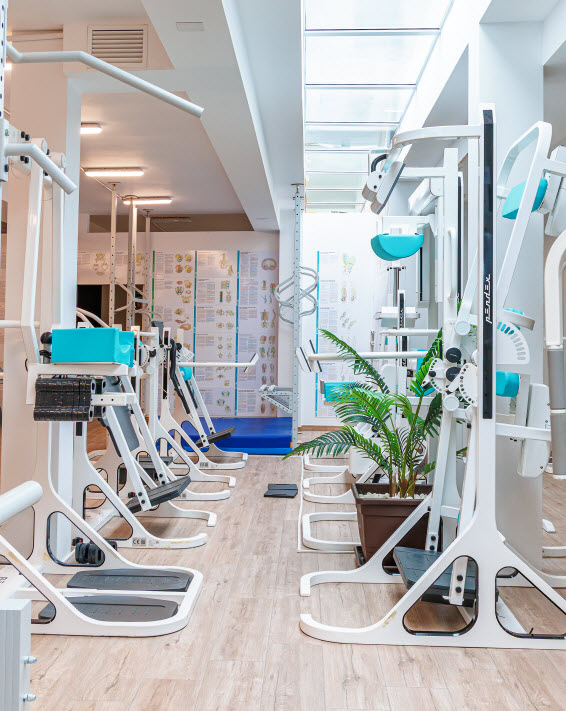
Technologies that deliver results
Select a program
- Personalized Health Recovery Programs
- Disease Prevention
- Customized Check-Up
Q&A
Yes, that's true. It is precisely because our Centre uses innovative methods and patented rehabilitation devices and modules that we achieve results that other rehabilitation clinics cannot. This is why patients from all over the world come to our Centre.
We accept patients in stable condition, when they no longer require inpatient treatment. We can pick up the patient from the clinic upon discharge and bring them directly to our Centre (including air transport). There is a hotel on site, equipped with all the necessary accommodations for people with disabilities and their caregivers.
Each patient gets a set of exercises to perform at home upon completing rehabilitation at our Centre.
Yes, we accept patients of all ages.
The main goal of rehabilitation is to provide the best possible quality of life. What does this mean? It means being able to make tea, go outside, walk the dog – in other words, do what you want and be free. Otherwise, the person depends on caregivers who do everything as they can and when they can, complicating life for both parties. Therefore, rehabilitation is crucial at any stage after a stroke.
We can answer this question after receiving the full medical history, all examination results, specialist conclusions, and a short video demonstrating the patient's current condition.
In neurology, there is the concept of a rehabilitation window – the period when maximum function recovery can be achieved. For stroke, this period is about a year, with the most critical 3-4 months being the first ones. During this time, patients and their families are often confused and unsure which method or clinic to choose, and time is of the essence. Therefore, you should start looking for a rehabilitation clinic while the patient is still in the hospital, so you have a clear action plan by the time of discharge. During this time, you can send us the medical history, all examination results, and specialist conclusions. We will analyse all the materials and prepare a preliminary rehabilitation program. This way, at the time of discharge, you will know where to go, what results to expect, and not lose precious time.
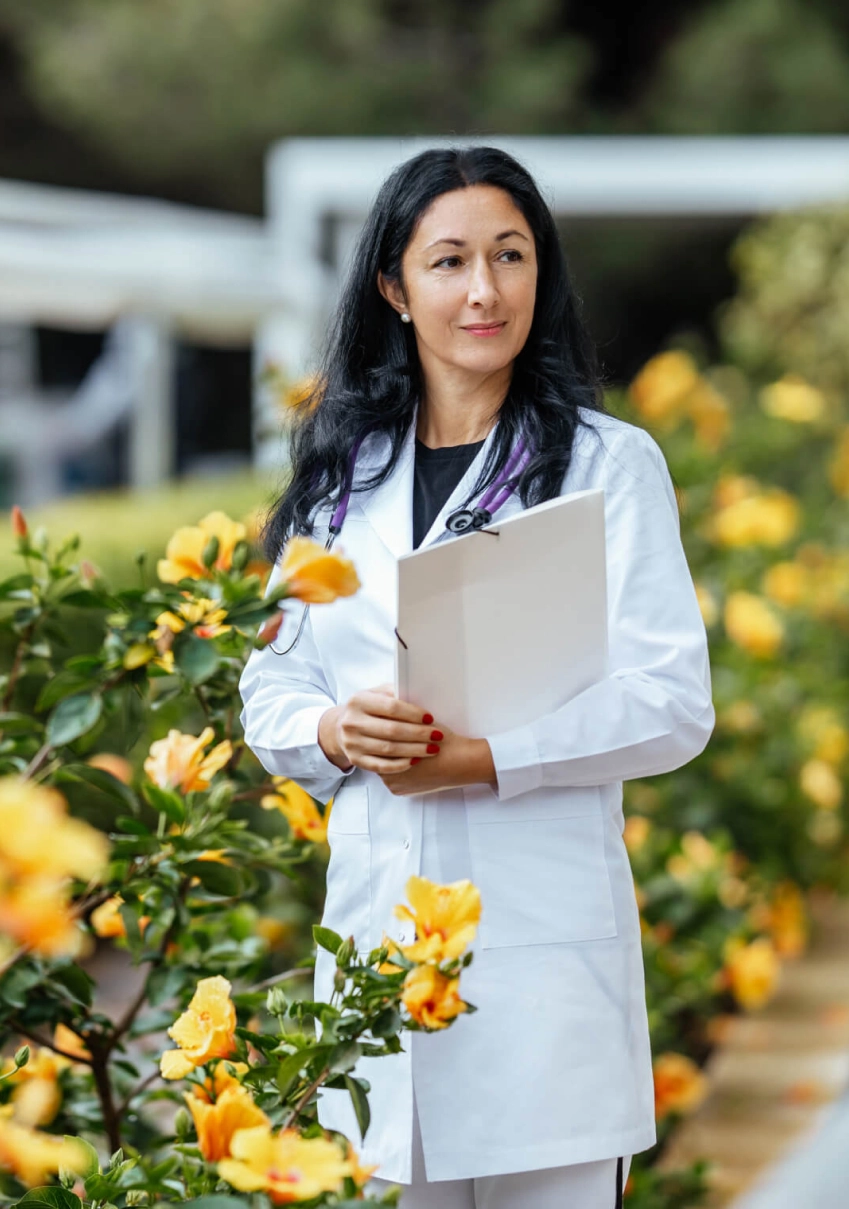
The cost of a course of treatment with a stay in a hotel
- Appointments and consultations
- Creating an individual program
- Conducting personal sessions
- Appointments and consultations
- Creating an individual program
- Conducting personal sessions
Other areas of work of our Center
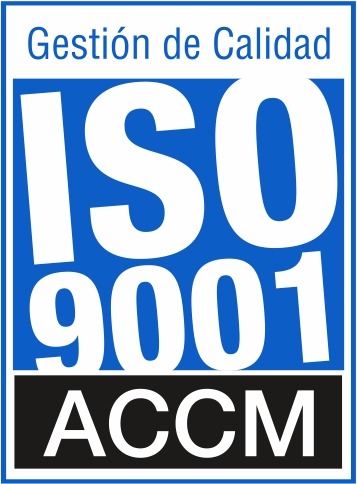






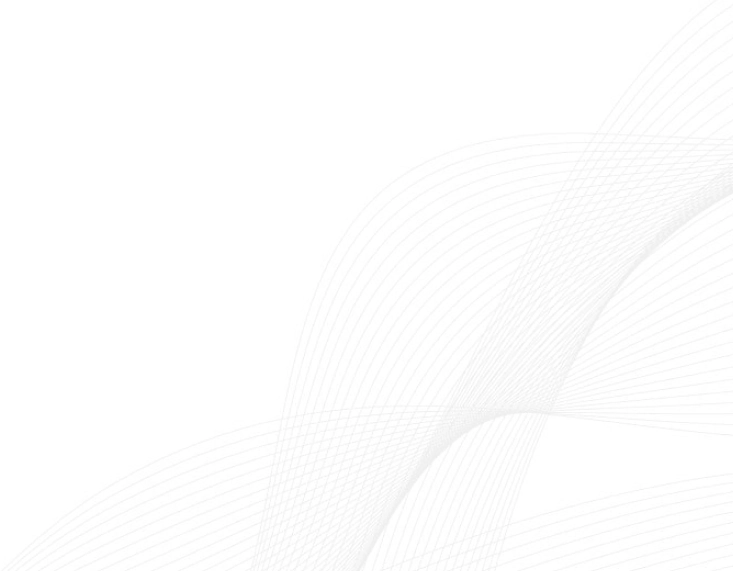

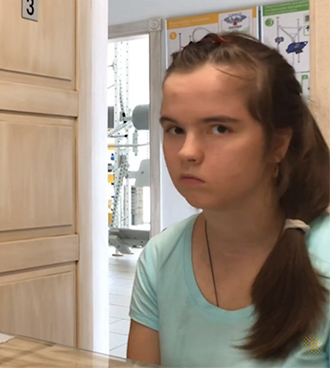

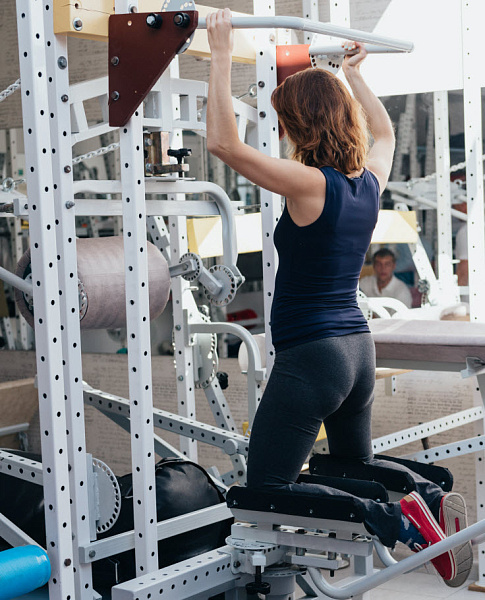
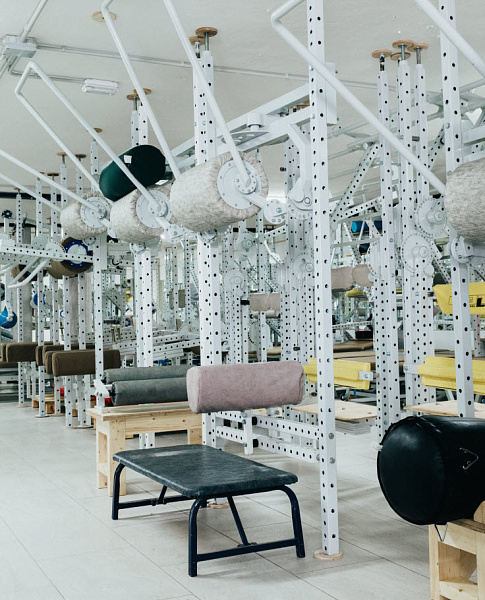

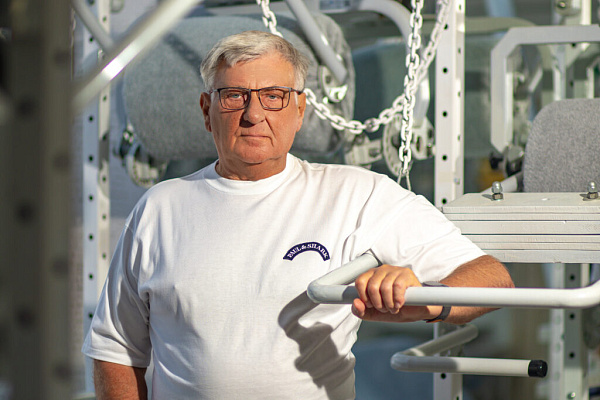
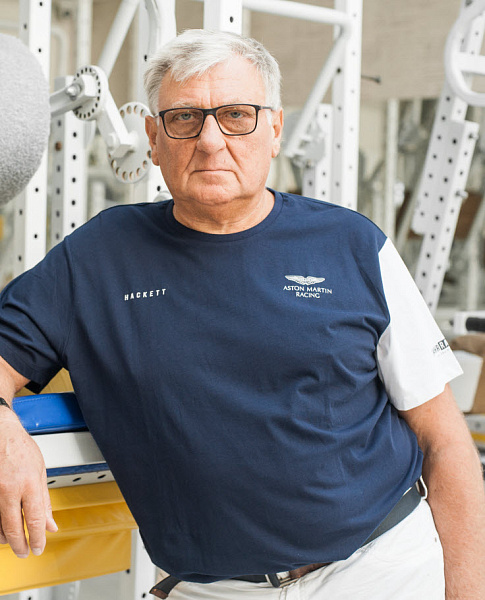
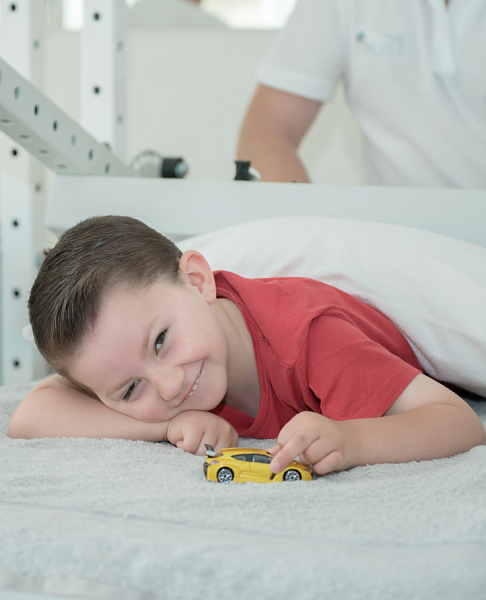
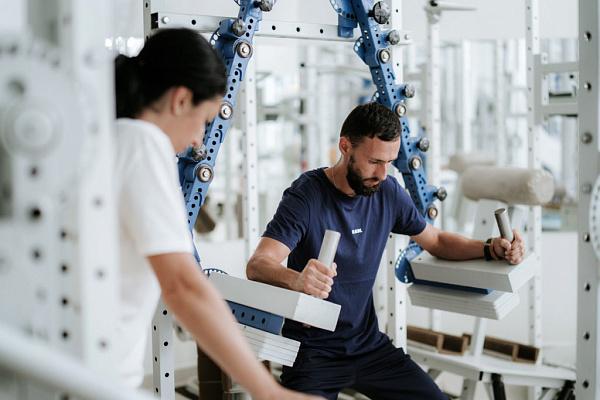
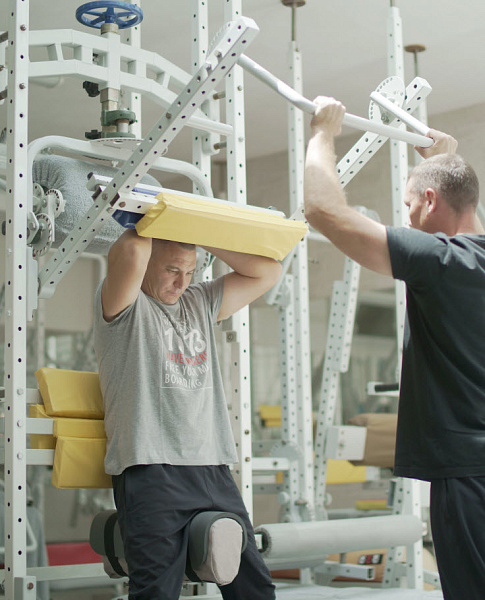
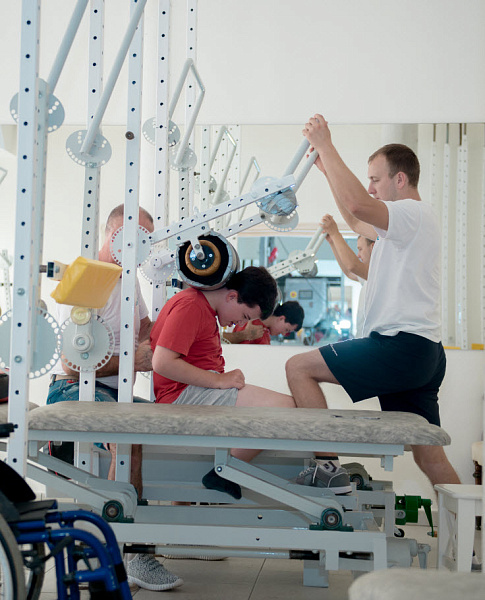
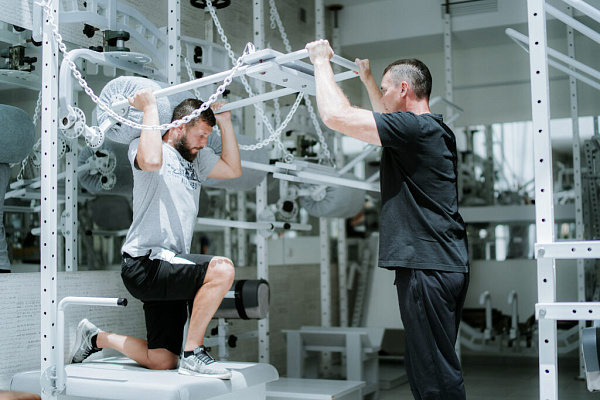
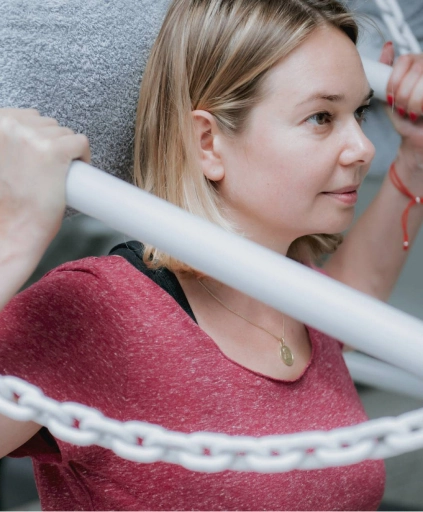
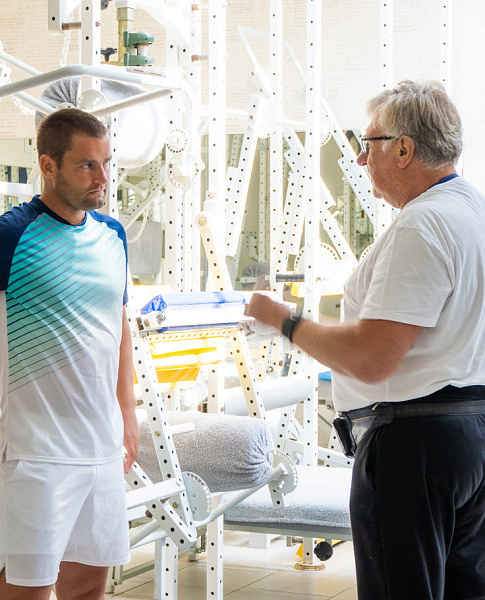

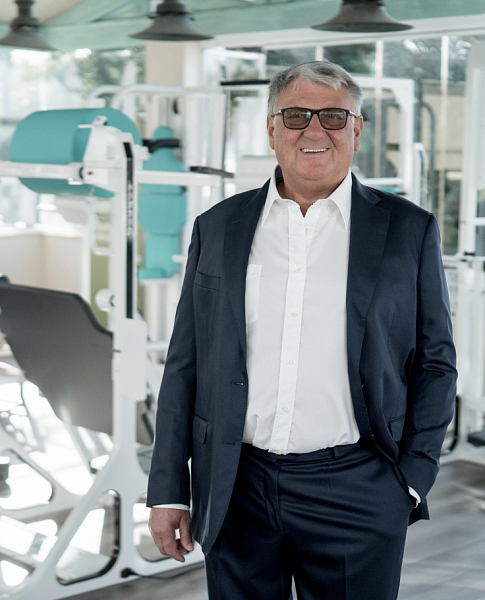

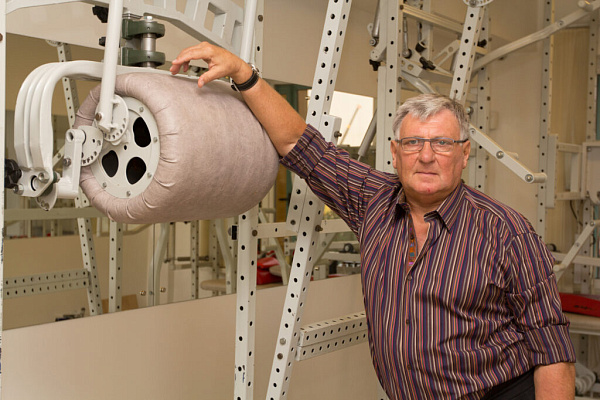
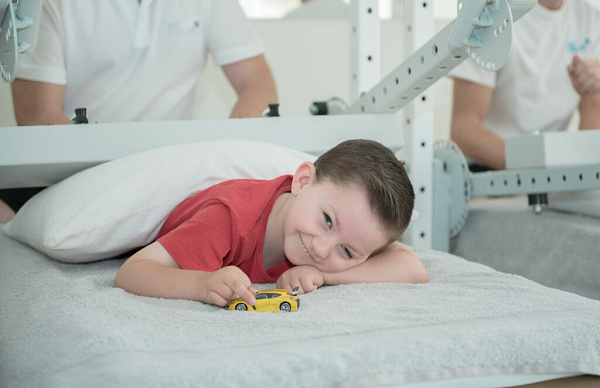
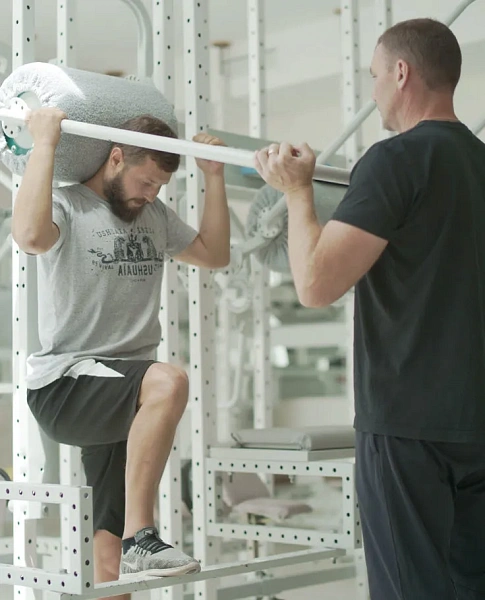
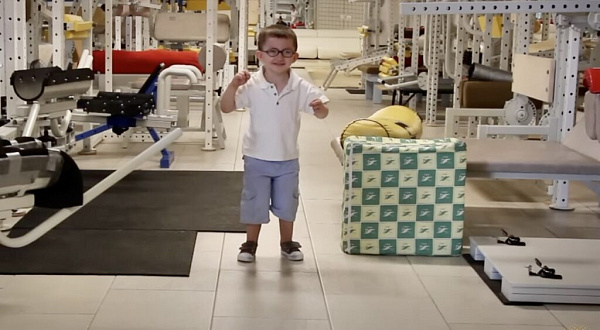
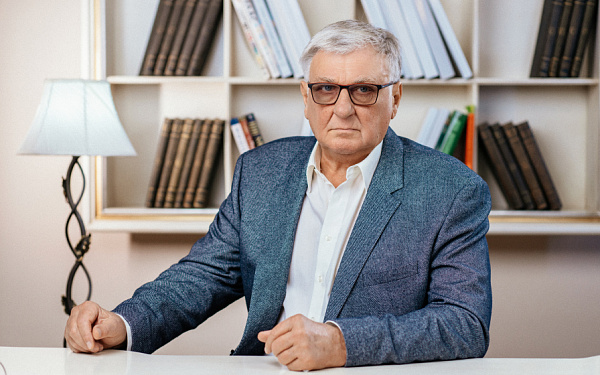
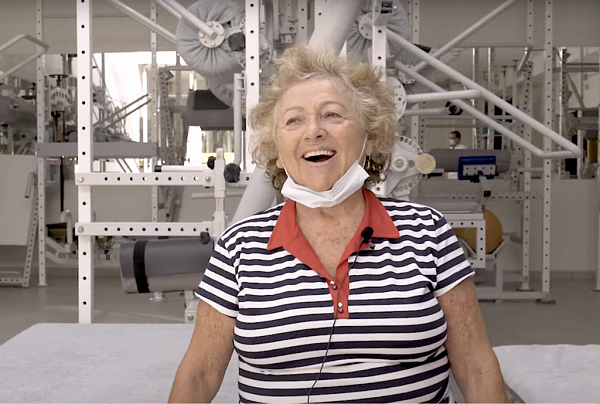

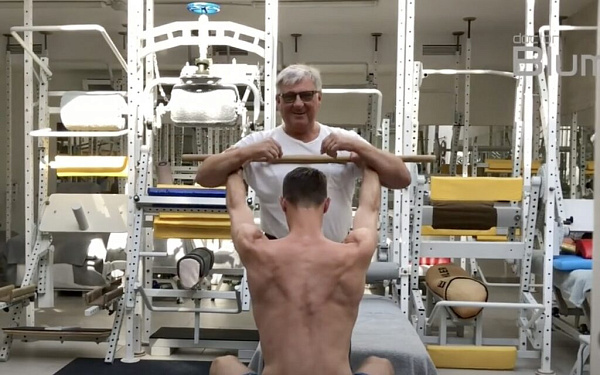
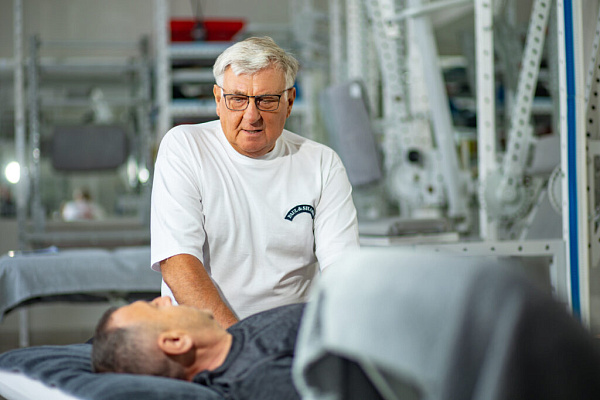

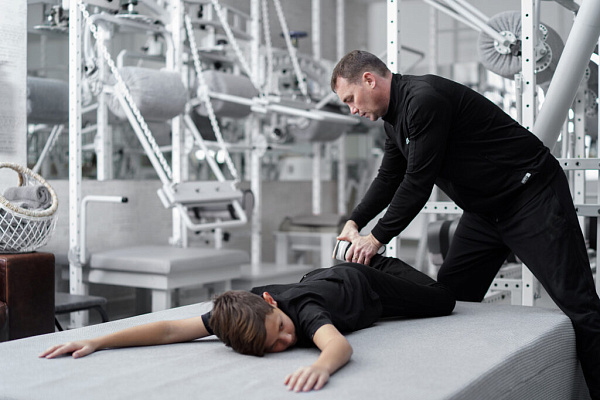

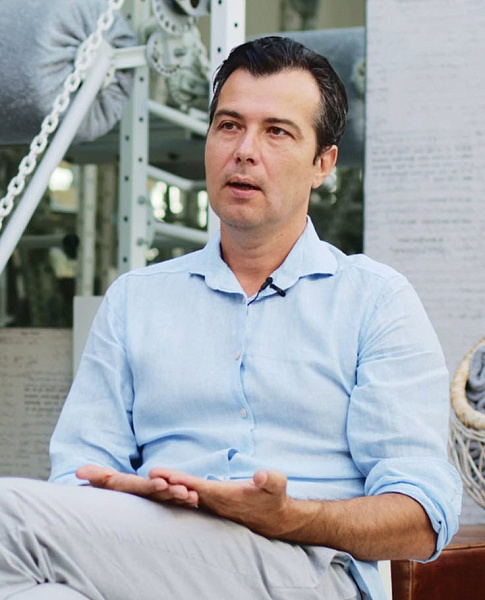
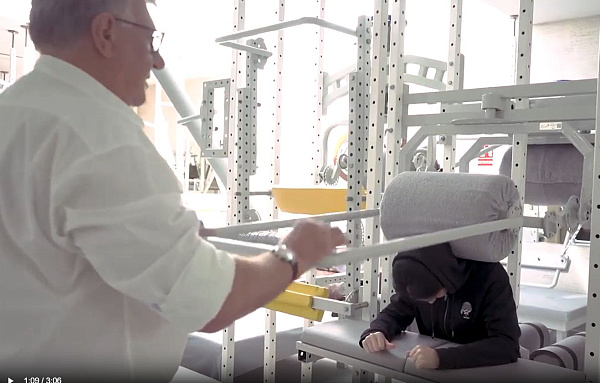
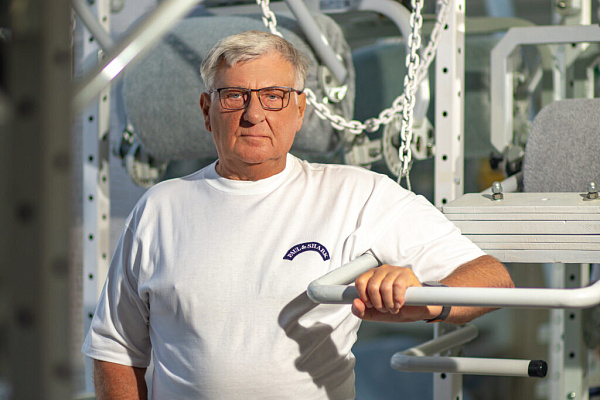
.webp)
